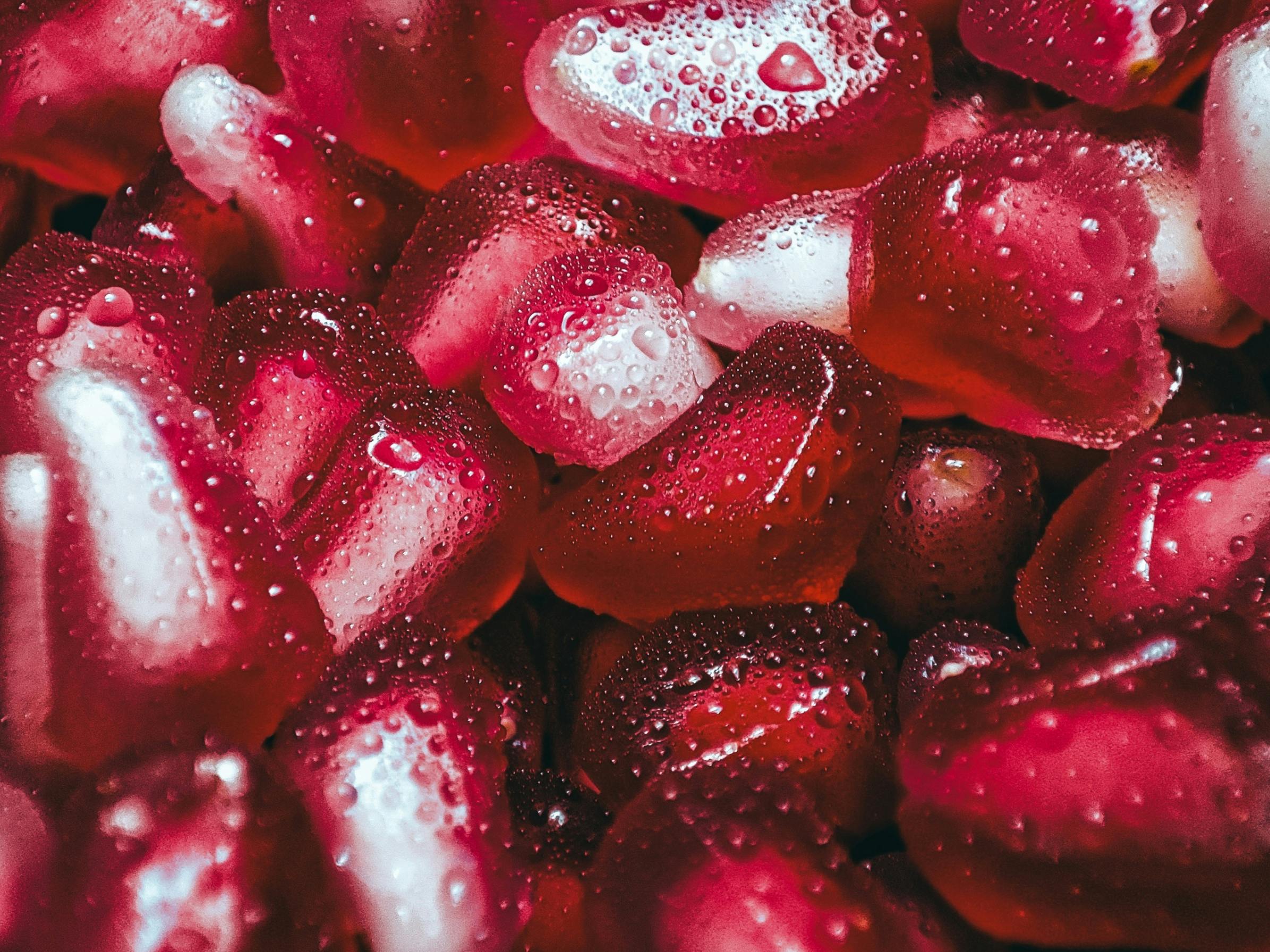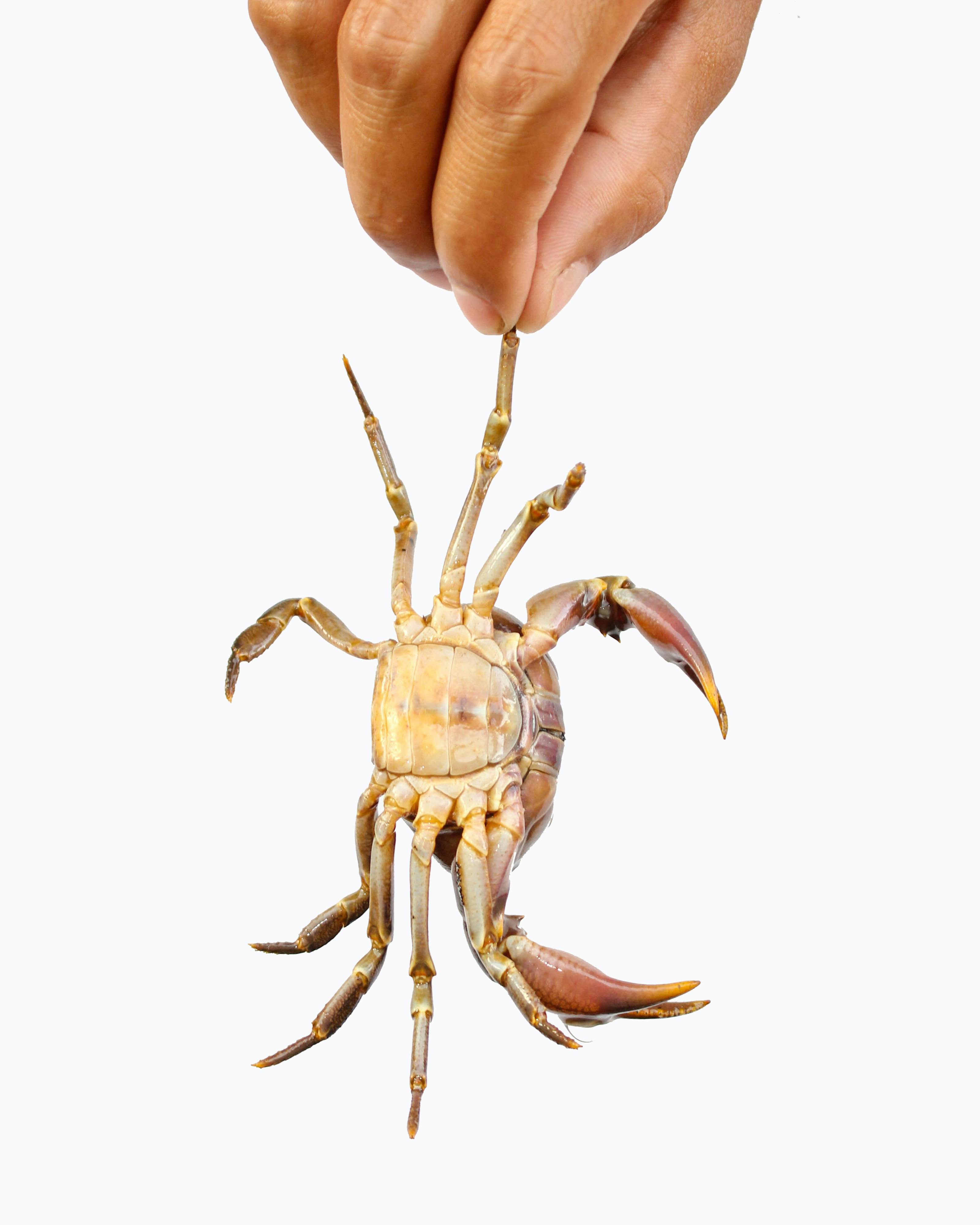Essential Guide to Red-Eared Slider Diet for 2025: Optimize Nutrition!

Essential Guide to Red-Eared Slider Diet for 2025: Optimize Nutrition!
The red-eared slider turtle is a popular pet due to its fascinating behavior and manageable care requirements. Understanding the dietary needs of these aquatic creatures is crucial to their health and longevity. An optimized diet helps maintain their vitality, supports healthy growth, and prevents common health issues linked to improper nutrition. In this guide, we will explore the best feeding practices, ideal food selections, and nutritional guidelines specific to red-eared sliders, equipping you to provide an optimal diet for your pet.
By understanding the importance of food variety, nutritional balance, and how to feed red-eared sliders, you will create a meal plan that promotes a healthy lifestyle for these turtles. We will discuss best food options, feeding frequency, and common mistakes to avoid, ensuring your red-eared slider thrives in its habitat. Get ready to dive into the fascinating world of turtle nutrition!
Key takeaways from this guide include essential insights on red-eared slider feeding habits, dietary requirements for different life stages, and expert recommendations on the best food for red-eared sliders and homemade options.
Understanding the Dietary Needs of Red-Eared Sliders
Building on the essentials of red-eared slider care, understanding their dietary needs is fundamental to providing them with a long and healthy life. Red-eared sliders are omnivorous creatures, requiring a balanced diet that includes proteins, greens, vegetables, and occasional fruits. Each component plays a vital role in their health and well-being.
Young red-eared sliders, for example, require a higher protein content in their diet to support growth and development. As they mature, their dietary balance shifts, and they need more plant-based foods to maintain a proper nutritional profile. This transformation makes it essential to adapt their meal plan according to their age and growth stages. Consequently, incorporating a variety of foods can help prevent dietary deficiencies and ensure your turtle remains active and vibrant.
Furthermore, turtle food safety is imperative. Offering fresh, high-quality ingredients minimizes the risk of diseases often linked to contaminated or spoiled food. Always prioritize a mix of commercial turtle foods and natural options that match the dietary requirements of red-eared sliders.
In the coming sections, we will dive deeper into the best food sources available and share specific nutritional guidelines for various age groups of red-eared sliders.
Best Foods for Red-Eared Sliders: Commercial and Natural Options
This naturally leads us to explore the best food options that align with the dietary preferences of red-eared sliders. When selecting foods, it's important to consider both commercial turtle food and natural choices to ensure a balanced diet.
Commercial Turtle Food: What to Choose
Commercial turtle food offers a convenient way to provide essential nutrients. Pellets specifically designed for red-eared sliders are fortified with vitamins and minerals to meet their dietary needs. Look for products that include high-quality protein sources, such as fish meal or shrimp meal, ensuring the pellets are suitable for aquatic turtles. Avoid those with fillers or artificial additives, as they may not offer proper nutritional benefits.
Additionally, consider the brand's reputation and examine the nutritional content listed on the packaging. Brands that prioritize natural ingredients usually offer better nutritional profiles.
Incorporating Leafy Greens and Vegetables
Leafy greens for turtles should form a significant part of their diet. Offer a variety of options, such as collard greens, dandelion greens, and romaine lettuce. These greens not only provide essential vitamins and minerals but are also crucial for maintaining proper hydration. It's possible to mix leafy greens with other vegetables, such as bell peppers and carrots, to introduce different textures and flavors. Ensure they are fresh and thoroughly washed before presenting them to your turtle.
Incorporating vegetables enables the expansion of their diet, making it more enjoyable and enticing. Keep in mind that a healthy diversity in their meals can positively influence their appetite and overall health.
Protein Sources for Balanced Nutrition
Animal protein is essential in a red-eared slider's diet, especially for young turtles, which require a higher proportion of proteins for growth and development. Safe food options include insects such as mealworms, crickets, and earthworms. Live food or frozen varieties can enrich their diet while encouraging natural hunting behaviors. However, moderation is key; too much protein can lead to obesity in adult turtles.
Mixing protein sources with plant-based offerings ensures optimal nutrition. It’s important to balance these differing food categories while adhering to a consistent feeding schedule.

Creating a Balanced Red-Eared Slider Meal Plan
Once the fundamental food sources are identified, creating a balanced meal plan tailored to red-eared sliders is vital for their health. Following this approach includes planning appropriately for the various life stages, particularly for young versus adult turtles.
Meal Frequency and Portion Control
Understanding the feeding frequency for turtles depends on their age and developmental stage. Young red-eared sliders generally require frequent meals, around once a day, to meet their growth demands. However, adult sliders can thrive on fewer meals, typically two to three times a week.
Moreover, portion control is crucial for preventing obesity in turtles. A good rule of thumb is to offer an amount of food equal to the size of their shell. Regular monitoring of their weight will help adjust portions accordingly, ensuring optimal body condition.
Formulating a Weekly Meal Plan
Creating a weekly meal plan can simplify feeding routines and ensure dietary variety. A well-balanced plan might include high-protein pellets, assorted greens, vegetables for turtles, and occasional treats such as fruit or calcium supplements. Ensuring their meals contain a mix of protein and plant-based foods will contribute positively to their distinctive nutritional profiles. An easy method to implement this is to prepare specific portions in advance and rotate them throughout the week.
Assessing Dietary Health and Adjustments
Continuously assessing the health of your red-eared slider is a crucial aspect of turtle care. If you notice weight gain, lack of alertness, or feeding disinterest, it may indicate dietary issues. Adapting their meal plan and increasing environmental enrichment can mitigate these problems, ensuring the turtles receive a more engaging feeding experience.
Incorporating different textures, colors, and flavors not only keeps food exciting but also encourages healthy eating habits.
Foods to Avoid and Safety Guidelines
Connected to this principle of a nutritious diet are the foods to avoid for turtles. Certain ingredients can pose health risks, leading to digestive issues or nutritional imbalances.
Unsafe Foods and Common Mistakes
Some foods are outright unsafe for red-eared sliders. Avoid processed human foods, bread, dairy products, and high-fat treats, as these can lead to severe health complications. Additionally, it's crucial to avoid feeding them wild-caught prey as it may expose your turtles to parasites.
Common mistakes in turtle feeding include over-reliance on pellets or neglecting the importance of providing diverse food sources. Ensuring an optimal diet rich in variety promotes digestive health and reduces the risk of obesity.
Maintaining Hygiene and Safe Food Practices
Food safety is paramount to preventing illness in your turtles. Always wash vegetables and greens thoroughly to remove pesticides or contaminants. Store commercial and homemade turtle food properly, away from moisture and heat, maintaining freshness and preventing spoilage.

The Importance of Nutritional Supplements for Healthy Turtles
With these basics established, let’s touch upon the importance of supplemental nutrition. While a well-balanced diet is a great start, additional dietary supplements can enhance the health and well-being of red-eared sliders.
Calcium and Vitamin A Requirements
Calcium is pivotal for maintaining healthy bones and a strong shell for red-eared sliders. Incorporating calcium-rich foods and dietary supplements can prevent common issues such as shell deformities. Similarly, the importance of vitamin A in promoting healthy skin and immune function cannot be overstated. Foods such as carrots and leafy greens are excellent sources, but additional supplementation may be required depending on individual dietary absorption.
Feeding Tips and Adjustments
Adaptive feeding practices, such as observing your turtle's response to different foods, can guide you in adjusting diet plans. Regularly incorporating new foods can help in meeting their nutritional needs while offering stimulating experiences. Always pay attention to their behavior and health following dietary changes, adjusting as needed.
Q&A Section: Common Questions about Red-Eared Slider Nutrition
1. How often should I feed my red-eared slider?
Frequency depends on age; young sliders need daily feeding, while adults can be fed 2-3 times a week.
2. What are the best treats for my turtle?
Turtle treats can include small bites of fruits like strawberries, bananas, or occasional insects. Always ensure these are offered sparingly.
3. Can I feed my turtle vegetables only?
While vegetables are essential, a combination of protein sources and greens forms a balanced diet. A diverse food selection is necessary for their health.
Conclusion
In summary, providing a varied, balanced diet is essential for the health and longevity of red-eared sliders. From selecting the best food, monitoring nutritional balance, to understanding dietary restrictions, these turtles greatly benefit from attentive feeding practices. Regular assessments and adjustments to their meal plans will enhance their quality of life and prevent dietary-related health issues. By following this essential guide, you can ensure your red-eared slider thrives as a beloved companion in your home.